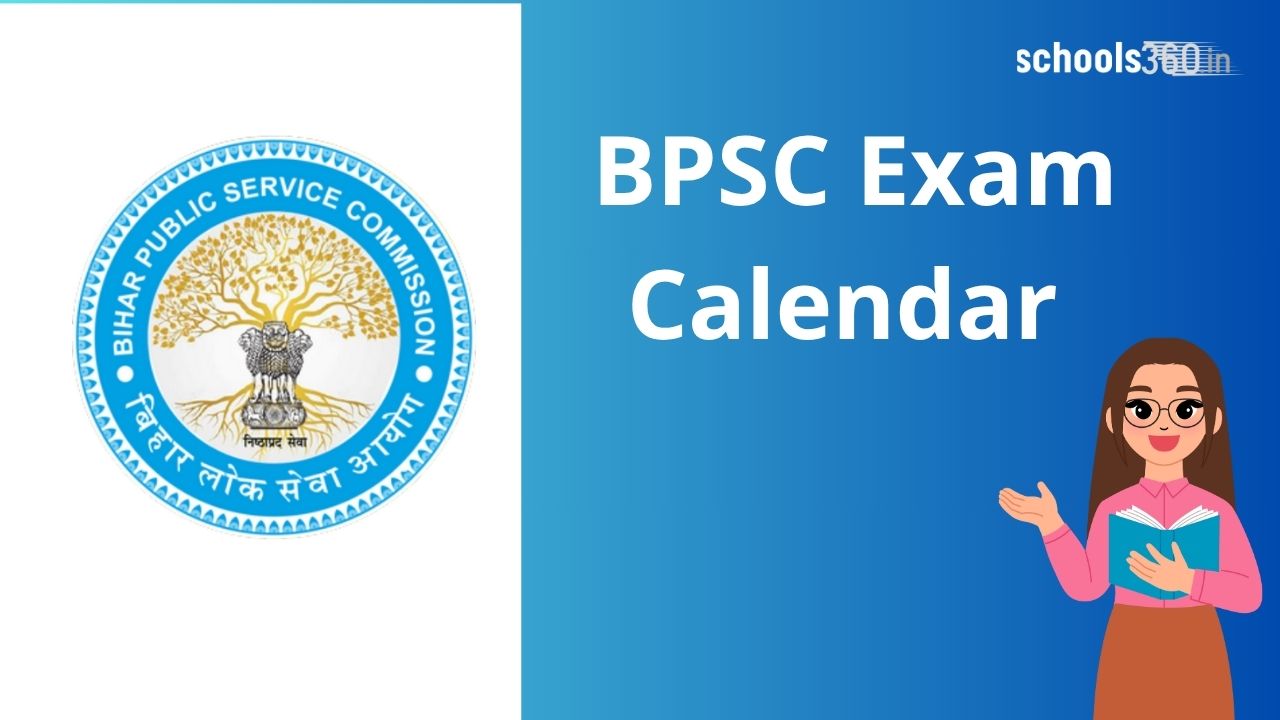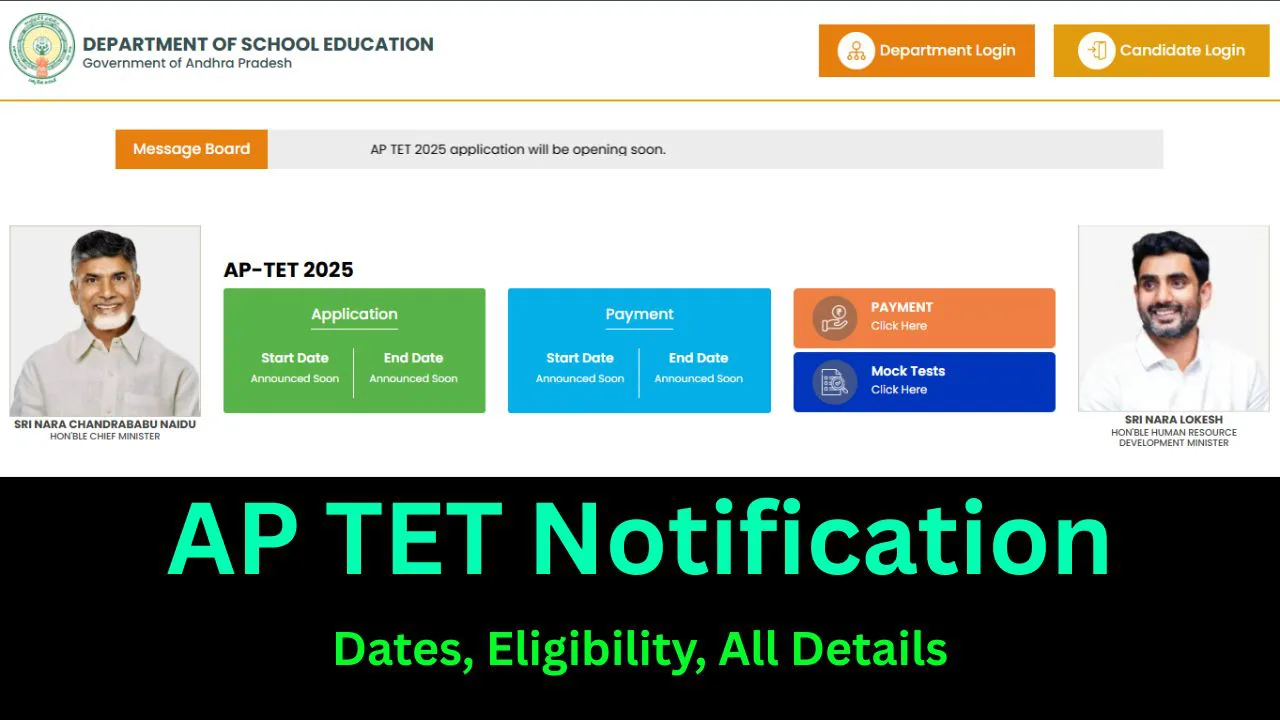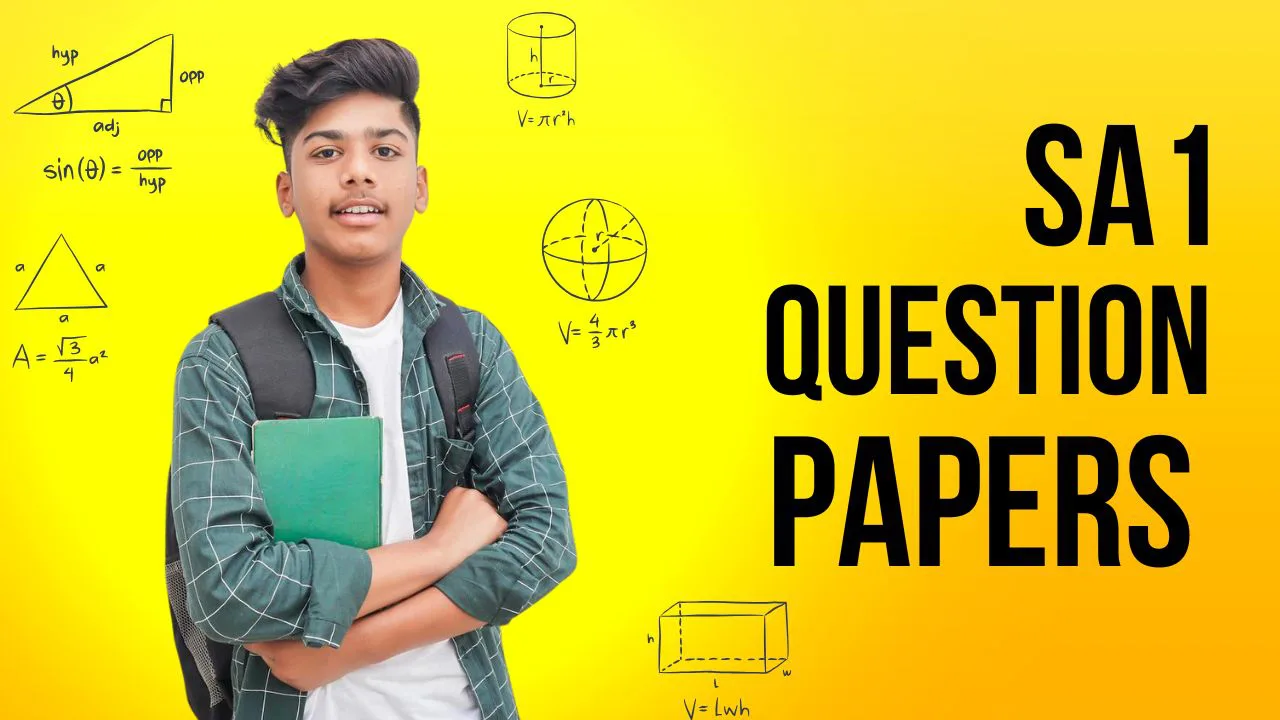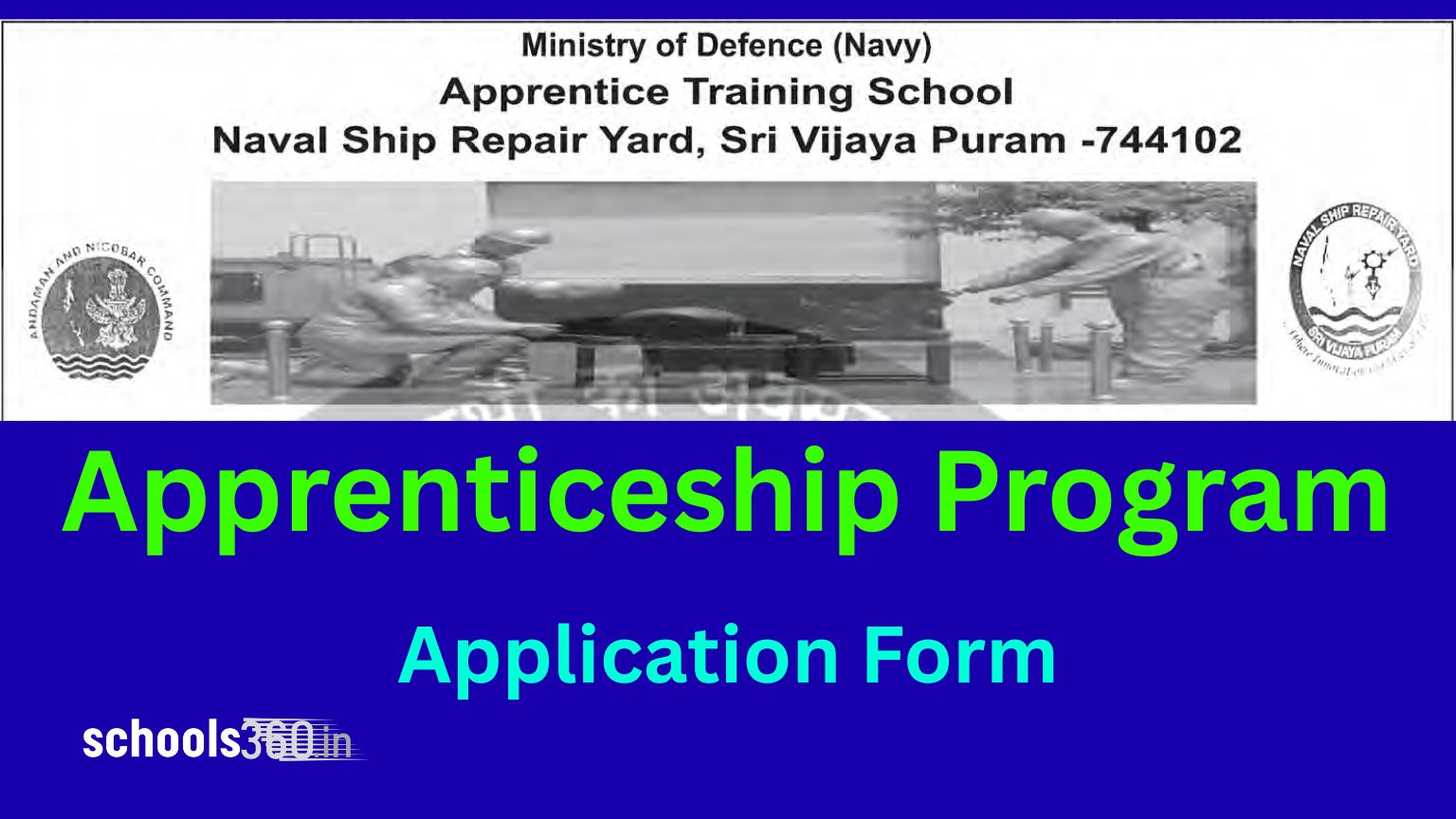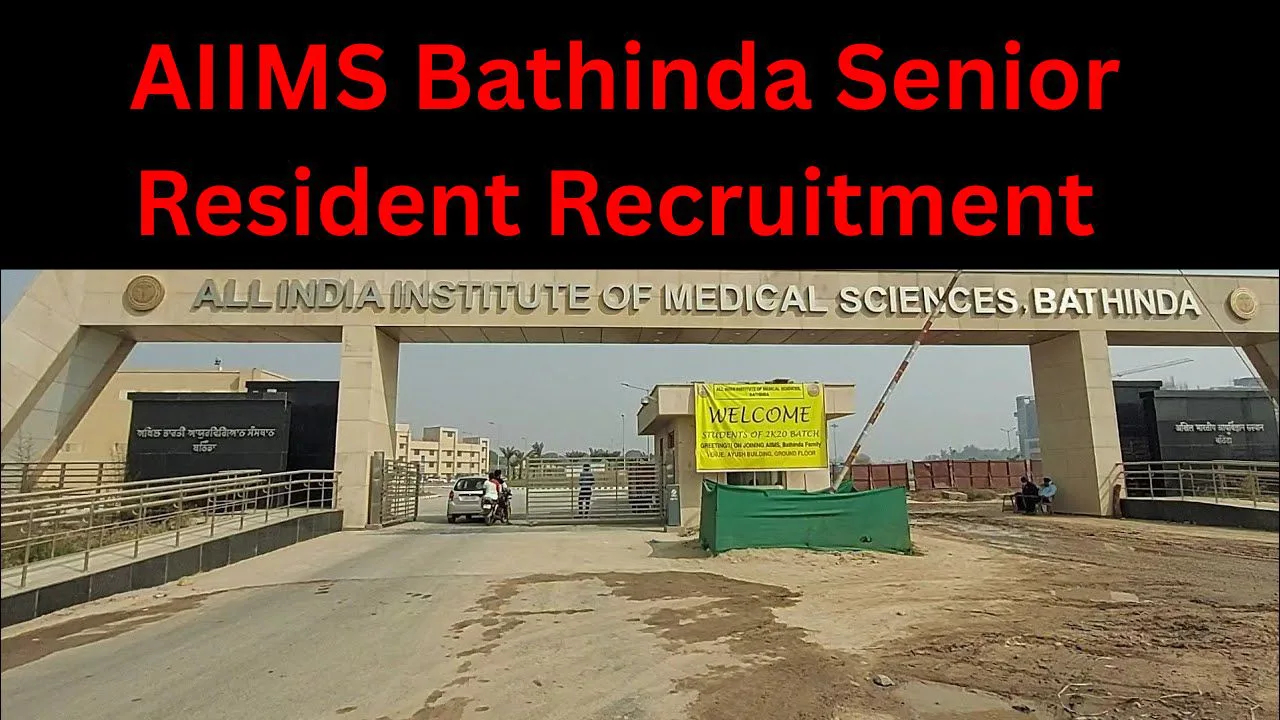| Name of the Subject |
Syllabus Detailed |
Part 1: Child Development and Pedagogy
|
| Child Development and Learning |
- Growth, development and maturation;
- Principles of development of childhood;
- Theories of Piaget, Kohlberg, Carol, Chomsky, Vygotsky and Rogers in relation to child development;
- Concept of child-centric and activity-based education; Individual differences;
- Theories of intelligence;
- Gender and education;
- Classroom management; Mental health of a child;
- Understanding differences among children based on diversity of language, caste, gender, community, religion;
- Distinction between assessment for learning and assessment of learning;
- Formulating appropriate questions for assessing readiness level of learners for enhancing learning and critical thinking.
|
| Concept of Inclusive Education and Understanding Children with Special Needs |
- Concept of exceptional children and children with special needs (CWSN);
- Addressing learners from diverse backgrounds including disadvantaged and deprived;
- Concept of learning disability;
- Addressing the gifted, creative, specially abled learners (mentally retarded and physically challenged).
|
| Learning and Pedagogy |
- Process of thinking and learning of children;
- Basic approaches to learning;
- Alternative concepts of learning in children;
- Cognition and emotions;
- Motivation and learning;
- Class-room management;
- Punishment and its legal implications, Rights of a child;
- Guidance and counseling: concept, nature and types.
|
Part 2: Language I (English)
|
| Language Comprehension |
- Two passages, one from prose and the other from poetry with questions on comprehension, inference, grammar and test of vocabulary;
- Determiners;
- Subject-verb;
- Concord;
- Interrogatives;
- Framing Yes/No & ‘WH’ questions;
- Question tags;
- Prepositions;
- Tense and time;
- Phrasal verbs;
- Gerunds & Participle;
- Auxiliary verbs
|
| Pedagogy for Language Development |
- Learning and acquisition;
- Principles of language teaching;
- A critical perspective on the role of grammar in learning a language for communicating ideas in oral and written form;
- Challenges of teaching language in diverse classrooms: language difficulties, errors and disorders;
- Introduction to English Phonology: vowels and consonants, syllable division;
- Language skills;
- Evaluating language comprehension and proficiency in LSRW (Listening, Speaking, Reading and Writing);
- Teaching-learning materials;
- Strategies for teaching children with special needs (CWSN);
- Remedial teaching.
|
Part 3: Language 2
|
| Language II (Bengali/ Kokborok) |
- Evaluating language comprehension and proficiency: speaking, listening, reading and writing
- Teaching-learning materials: Textbook, multi-media materials, multilingual resource of the classroom
- Language Skills
- Learning and acquisition
- Pedagogy of Language Development verbally and in written form;
- Challenges of teaching language in a diverse classroom; language difficulties, errors, and disorders
- A critical perspective on the role of grammar in learning a language for communicating ideas
- Comprehension
- Principles of language Teaching
- Remedial Teaching
|
Part 4: Selective Subjects
|
| Mathematics |
- Construction (using Straight edge Scale, protractor, compasses)
- Introduction to Algebra
- Fractions
- Number System
- Ratio and Proportion
- Playing with Numbers
- Knowing our Numbers
- Algebra
- Negative Numbers and Integers
- Basic geometrical ideas (2-D)
- Data handling
- Geometry
- Fractions
- Understanding Elementary Shapes (2-D and 3-D)
- Symmetry: (reflection)
- Mensuration
- Whole Numbers
|
| Environmental Studies |
- Concept and scope of environmental studies;
- Significance of environmental studies;
- Integrated approach in environmental studies;
- Scope and relation of environmental studies to science and social science;
- Approaches of presenting concepts;
- Environmental studies and environmental education;
- Learning principles;
- Activities;
- Discussion;
- Health and Hygiene;
- Shelters: Types of shelters, characteristics of animal shelters;
- Types of vehicles used, railways, waterways and airways;
- Water: Types of water resources, conservation of water resources, water pollution, cause and prevention of water pollution, the impact of water pollution on the environment, flood and drought;
- Composition of air, causes and impact of air pollution on the environment, greenhouse effect and global warming;
- Different types of soil, soil erosion, the impact of soil pollution and its prevention.
|
| Social |
- Diversity
- The First Farmers and Herders
- Globe
- Sultans of Delhi
- Social and Political Life
- Resources: Types-Natural and Human
- Local Government
- Human Environment: settlement, transport, and communication
- The Earliest Societies
- Geography
- Early States
- Social Justice and the Marginalized
- History
- Making a Living
- New Kings and Kingdoms
- Creation of an Empire
- Understanding Media
- Unpacking Gender
- Regional Cultures
- Air
- Government
- Culture and Science
- Planet: Earth in the solar system
- The Judiciary
- Water
- The First Cities
- Social Change
- When, Where, and How
- The Constitution
- Political Developments
- Architecture
- Democracy
- Parliamentary Government
- State Government
- Environment in its totality: natural and human environment
|



